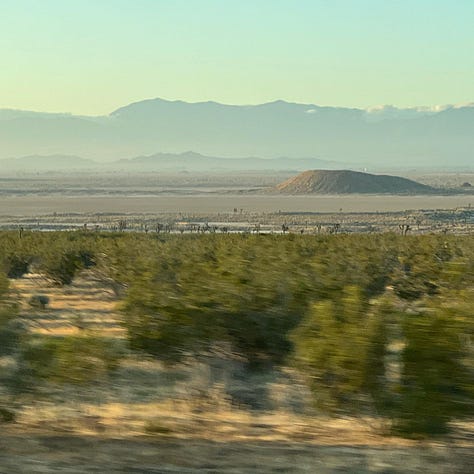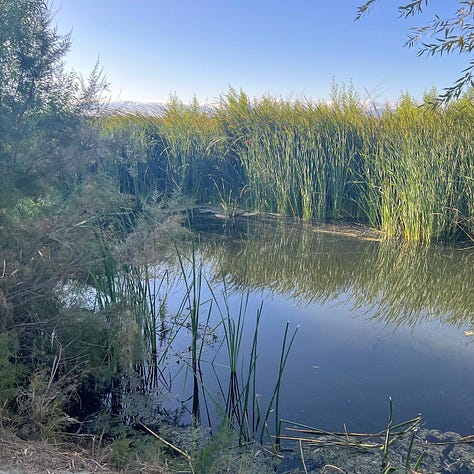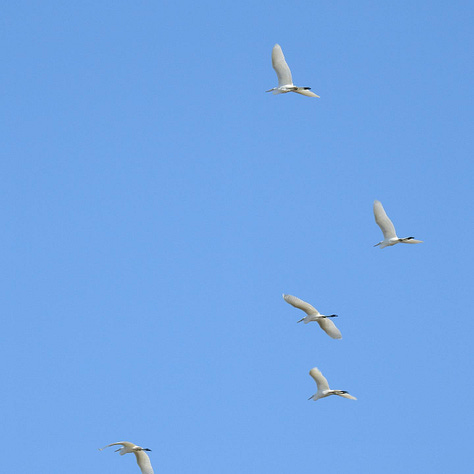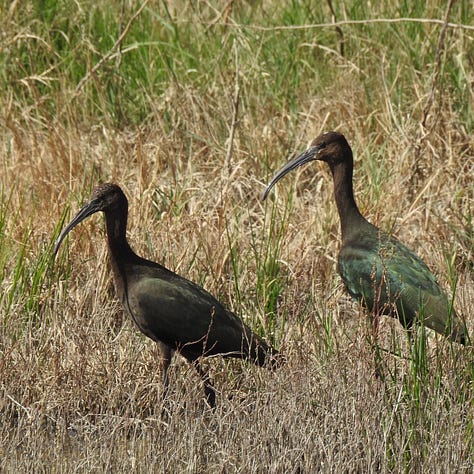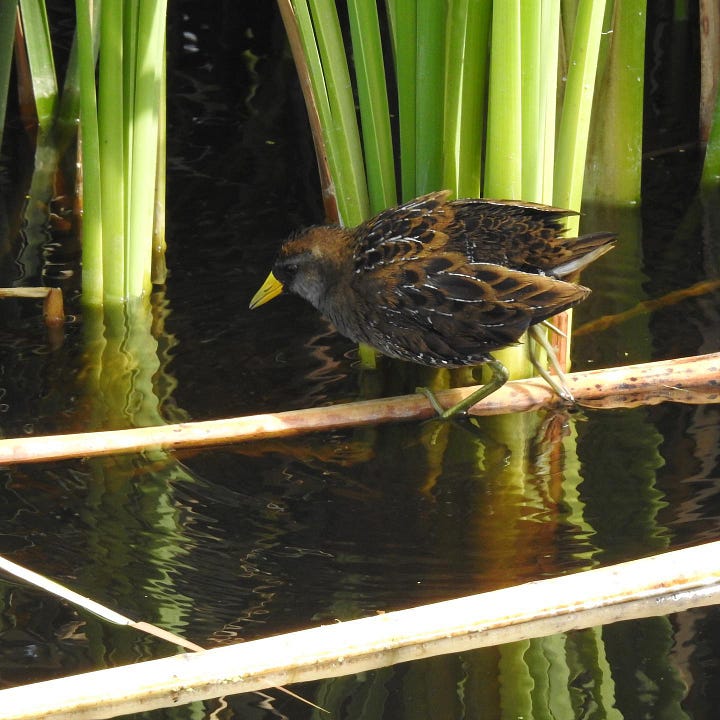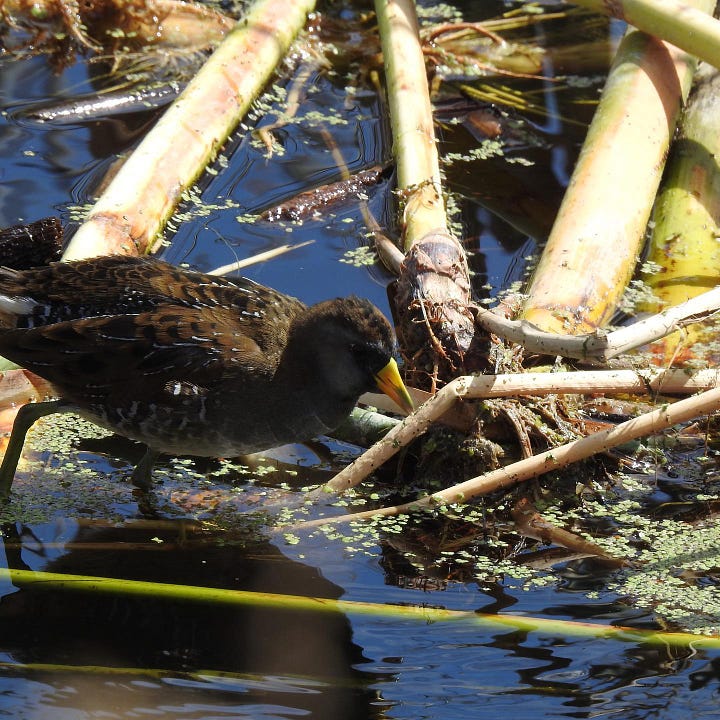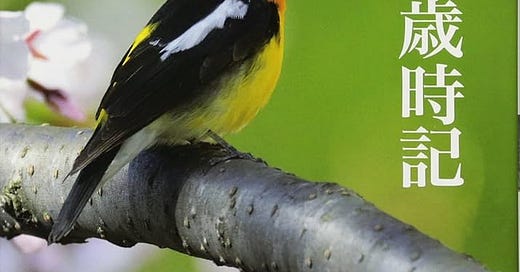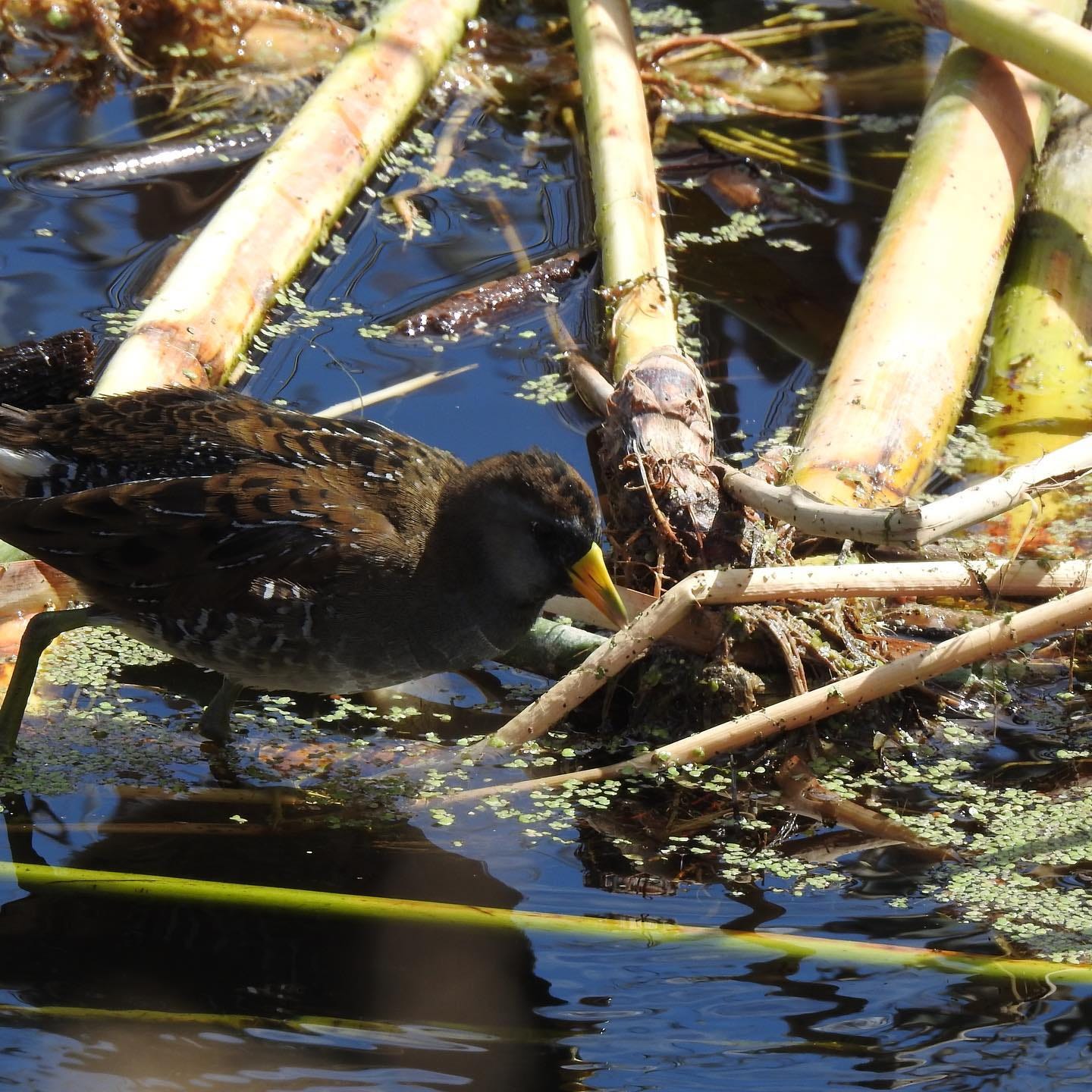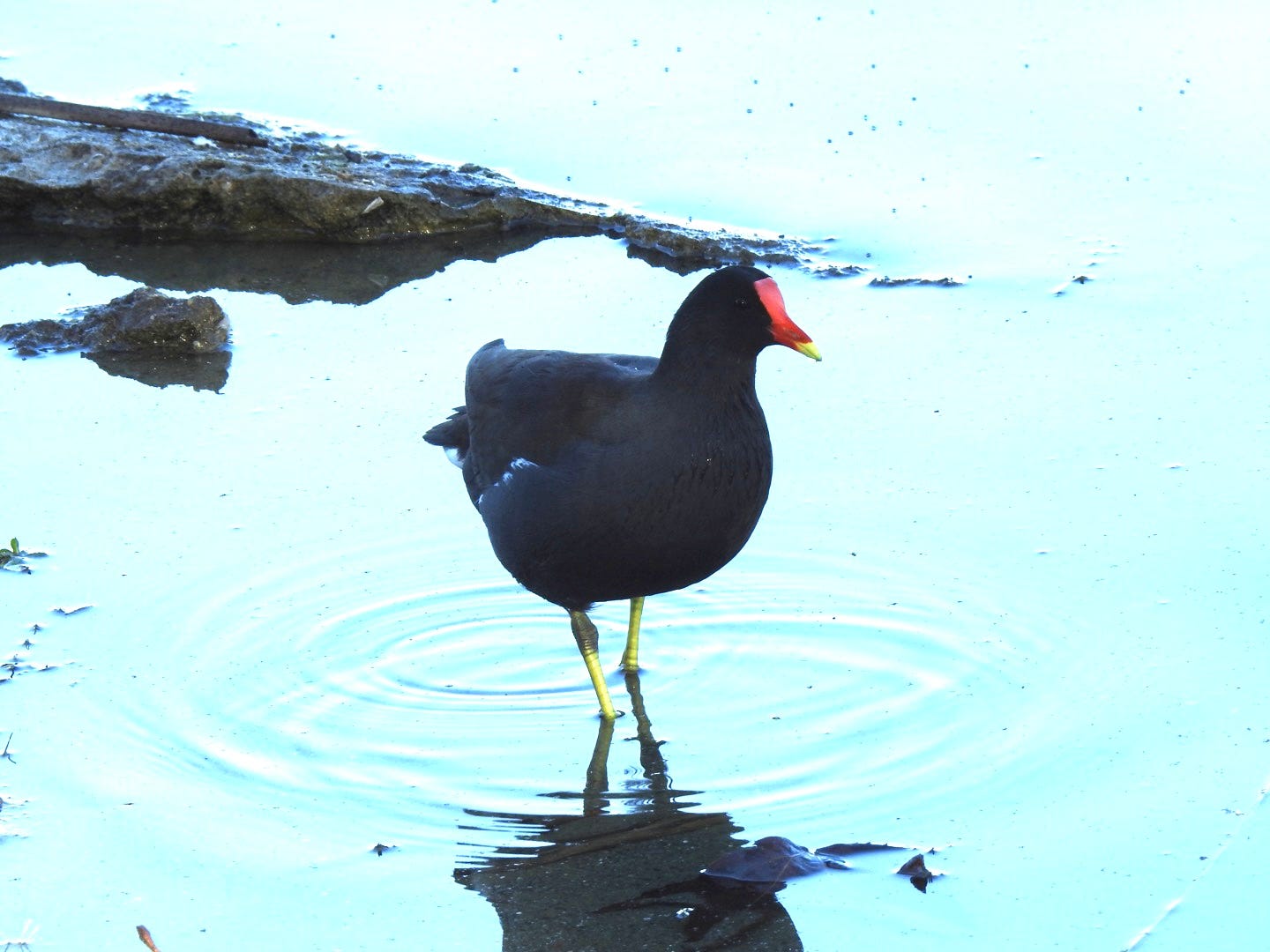Maybe it’s because you find them hiding in marshy grass and bulrushes, something which reminds me of Japan’s autumn grasses, I always associate Rails with autumn. The first time I saw a sora was in October. Hearing it was easy—and they have the most unique call— but it took so much patience, staying low in the grass for thirty minutes or more, before one darted into view. They are marvelous birds.
Precisely two years after seeing my first sora in Malibu, I finally got a glimpse of my first Virginia Rail…. which was hiding in the bulrushes along a pond located on Edwards Airforce base.
Yes, we had to get a security clearance to enter the base, passing by the gigantic dry lake bed where the space shuttle used to land. But it was worth the trouble!
And this is where the expression “skinny as a rail” comes from because they are thin enough to push through the cattails…
Rails are secretive birds —except for the common gallinule, which seem to like to be out in the open, unlike other rails.
In Japan, they don’t have Sora or Virginia Rails, but they do have the common moorhen (Gallinula chloropus), called ban 鷭。Considered an autumn bird, these birds, which are in the rail family, are found in rice paddies and in marshes. According to my new book, Bird Notes of Japan, they are known as the “protectors of the paddies,” since they are rarely seen leaving the water in the fields. There was a note in a book from Edo period that declared them to be ducks that were not very tasty.
Maybe because they resemble ducks a bit, they are grouped with ducks, quails, and geese as being autumn birds in the Japanese literary tradition.
++
Do you have any particular associations with birds in autumn? Maybe because of tea and flower arrangement for me, autumn was always about the moon and the beautiful autumn grasses.
The seven grasses of autumn 秋の七草 (so important in tea ceremony flowers)

